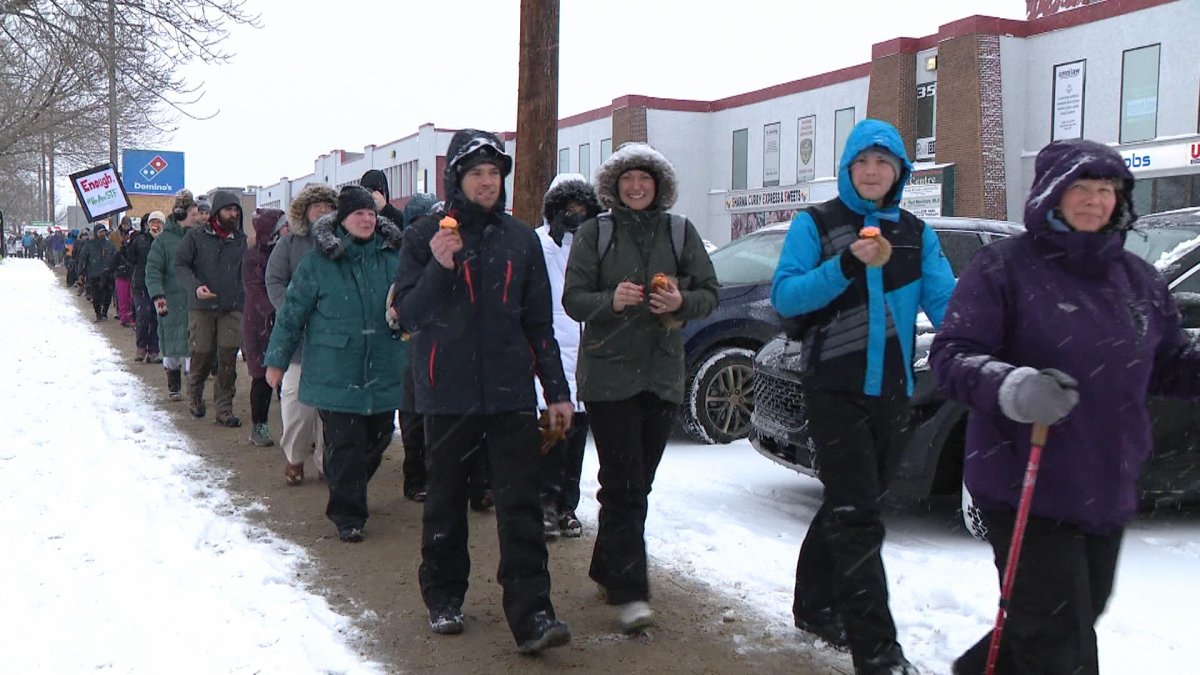The Saskatchewan NDP are releasing education numbers in the province showing that student enrolment has increased by over 15,000 kids, while teacher positions have only increased by one since 2016.

Data from the Education Sector Staffing Profile shows that in 2016 there were 9,477.2 regular classroom teaching positions in the province.
While the numbers between 2016 and 2023 do fluctuate, 2023 shows that there were 9,478.3 positions filled.
Projected student enrolment numbers for 2016 show there were 178,296 students across the province, with 2023 numbers showing 193,550 students.
When looking at the total number of full-time equivalent educator positions (including roles like counselling, librarians, speech language pathologist) the number of staff has gone down across the province since 2016, with 12,359.8 positions in 2016 and 12,202.9 positions in 2023.
NDP Leader Carla Beck said they are standing with teachers, saying these numbers are why teachers are fighting to have classroom size and complexity be part of the bargaining process.
“Our students deserve better,” Beck said.
Teachers and concerned parents took part in rotating strikes across the province Wednesday, with one of the locations seeing job action being Saskatoon.
Teachers and the provincial government have been butting heads over a new contract agreement, with one of the main sticking points over classroom size and complexity.
While both sides recognize that classroom size and complexity are issues that need to be addressed, teachers would like those issues to be part of the bargaining process. However, the province refuses, saying those are issues better handled by local school boards.
Saskatchewan Teachers’ Federation President Samantha Becotte said it was great to see people coming out to support the strikes.
“It is discouraging that we’ve been pushed to take additional action. We are ready to find solutions at the negotiating table but we need government ready to engage in those conversations,” Becotte said.
She said the difference in numbers between teachers and students shown by the NDP show that the real investment in education isn’t there.
Becotte said students coming into these schools are more complex and that there is no data being provided on this.

“They’re not providing how many students are in our classes who require English as an additional language supports, they’re not providing us with data around how many more students require intensive needs.”
Becotte said she’s been hearing about classes with upwards of 40 students.
She noted that school boards have been pretty vocal about education funding in the past and that it’s frustrating to see them so quiet over the past few months.
Global News has reached out to school boards across the province to weigh in on the matter, but time and time again they’ve refused to speak.
“The Saskatchewan School Board Association (SSBA) represents school boards on the Government-Trustee Bargaining Committee, and out of respect for the collective bargaining process, we are unable to comment publicly about bargaining. Boards support bargaining in good faith and continue to encourage teachers to return to the bargaining table,” said SSBA president Jaimie Smith-Windsor on Monday.
“Local boards work within their means and the resources they are provided to offer high-quality education — however, the provincial government is solely responsible for the funding of education.”
Global News also reached out the provincial government and received a statement.
The province claimed that there was actually an additional 120 full-time equivalent classroom teachers between 2016 and 2023.
“There were almost 4,500 educational assistants (EAs) working in Saskatchewan schools for the 2023-24 school year. This is an increase of nearly 400 compared to the 2022-23 school year, and almost 700 more in the past two years,” the province said.
It added that the province provides funding to school divisions, who are in charge of making staffing and programming decisions.








Comments